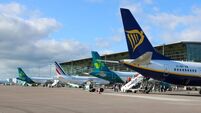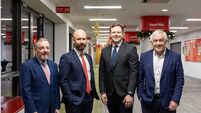Carlsberg has strong start with Asian sales boost

Carlsberg joined Heineken in reporting a strong start to the year as Asian revenue surged, helped by the acquisition of Cambrew, a Cambodian brewer.
Revenue in the first quarter rose 6.4% on an organic basis, reaching 13.9 billion kroner (€1.86bn), while analysts expected 13.5bn kroner (€1.81bn).
















